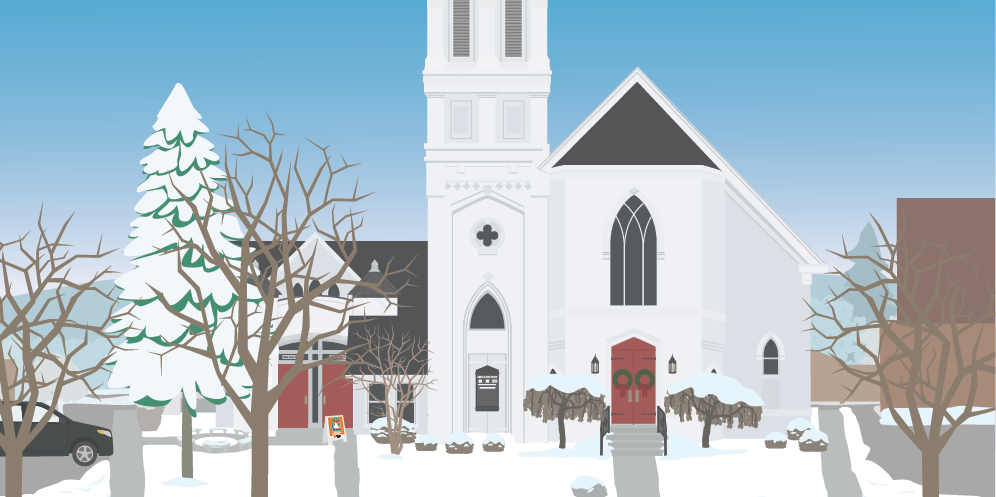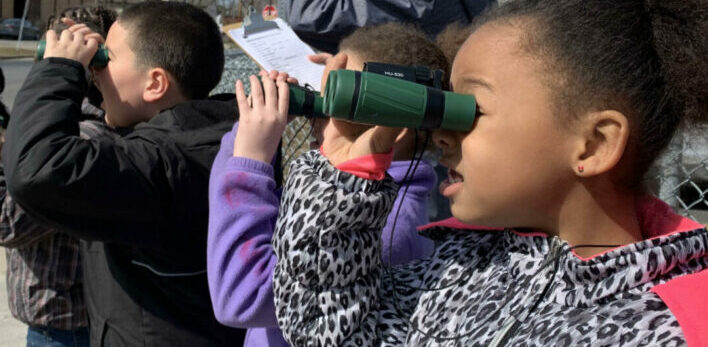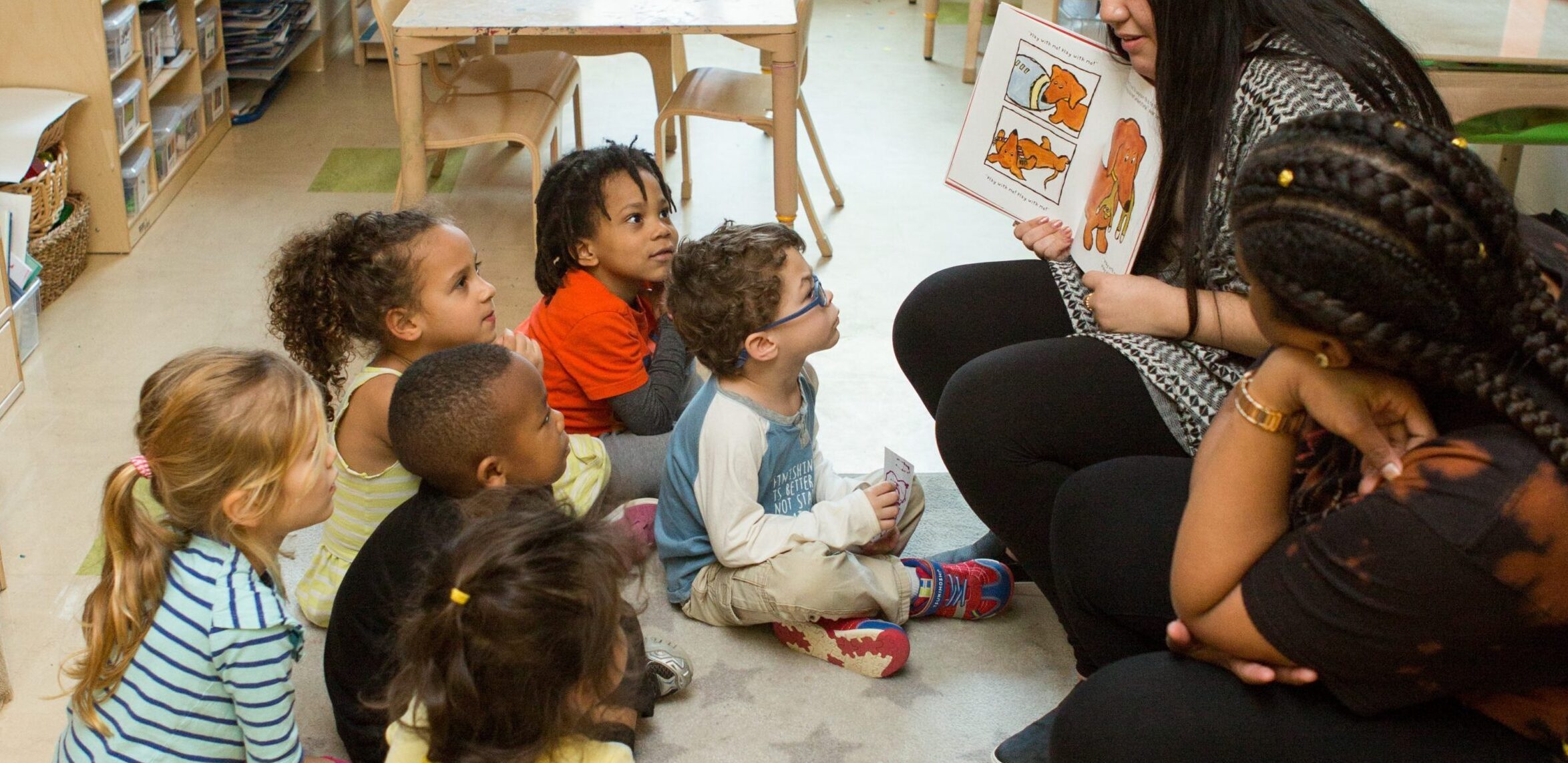In this multi-part series, CNYVitals will take an in-depth look at evictions and how they contribute to the health of Central New York, particularly during the COVID-19 pandemic, which has led to a financial crisis for many families. Read more to see how both renters and landlords can avoid evictions and create a better region with higher property values, safer housing and more economic opportunities.
Sixty percent of Syracuse residents are renters. According to the 2017 American Community Survey, about 20% of those renters move at least once per year, sometimes more. This is due to a combination of risk factors, such as low wages, inadequate public assistance, code enforcement violations and overpriced housing which have led to dire situations for both tenants and landlords. According to a 2017 study from the Maxwell Community Benchmarks Program, “Syracuse is severely residentially unstable.”
How can tenants live in safe housing that they can afford? And, how can landlords save themselves time and money by avoiding evictions? It’s a complicated problem but the answer may be that Syracuse-area residents can benefit the most if a solution is crafted with both renters and landowners in mind.
When a family is considering renting a home, they ideally would first sit down to decide what they can afford. But this isn’t always the case if they are in a desperate situation, such as fleeing abuse or high levels of lead. When a renter is anxious to put a roof over their heads, it changes the playing field for both tenants and landlords.
Several lending agencies recommend that the cost of an individual’s housing come in at around 30% of their gross income. According to Palmer Harvey, founder of the Syracuse Tenants’ Union, the average individual living in the city of Syracuse makes just over $20,000 per year, which means that if they are living on a single income, they should live in an apartment that costs about $480 per month. A two-bedroom apartment in Syracuse costs around $850 per month. Already, the issue is clear. A single-income family may need to spend upwards of 50% of their wages on housing, meaning less money is available to put food on the table. Since unplanned financial events could always be around the corner, it’s easy to see how a family in this scenario could get behind on their rent.
Public assistance is available to help people get into housing that they can’t quite afford, however it presents some challenges. According to deputy commissioner of the Department of Social Services – Economic Security and Temporary Assistance, Jennifer Robinson, the shelter allowance provided by New York State hasn’t been re-configured to accommodate the rising cost of living since 2012. For instance, a family with three children would receive $303 in housing assistance. This inadequate amount increases the risk of tenants entering housing with low maintenance or housing violations. Section 8 Housing can also be helpful by providing vouchers that cover the balance, but there is a long waiting list due to high demand for a limited number of housing vouchers, making them hard to utilize in an urgent situation.
Before a tenant moves into a residence, they can check the Syracuse city website to see exactly what the code violations are for the rental unit or landlord with whom they hope to work. But families in a desperate situation, or without easy access to the internet, may not be able to utilize this resource, leading them to enter unsafe housing. In any case, only about 40% of rental units are registered with the City – meaning many landlords are out of legal compliance and their code violations not necessarily tracked. “Syracuse is the dollar store of real estate,” said Harvey. “People can come here and buy a home for next to nothing, put in $1,000 and start to rent.”
This creates a problem for code enforcement divisions of Syracuse because there can be several “quick fixes” that can be done on a property to help it pass inspection. Landlords may fix a leak, snake a drain or patch a hole, but when the underlying causes aren’t addressed, it leaves the tenant with the same problem month after month. Harvey says that usually, by the time a tenant has called code enforcement, they have likely been dealing with an issue for months without a fix from the landowner. Calling in problems and reporting landlords could magnify the chances that the tenant will face eviction, so it is often viewed by residents as a last resort.
According to the City of Syracuse study “Below the Line”, there are approximately 11,000 people displaced in Syracuse each year, which can result in over 6,000 children being evicted from their homes.
Evictions, according to Sally Curran, executive director of Volunteer Lawyers Project (VLP), can cause a long list of trickle-down problems for evicted families including job loss, depression, health issues and negative educational implications. Evictions affect a person’s ability to build intergenerational wealth by putting a negative mark on their record, which may change their ability to rent a more desirable apartment or buy a house in the future. This scenario can directly perpetuate a cycle of poverty.
What causes an eviction? Laura Rolnick, director of eviction & reentry programs for VLP, stated that 85-90% of evicted tenants simply cannot pay their rent. A much smaller percentage is due to a “hold-over” in which tenants were told to leave but didn’t, or a “claimed lease violation” in which the landlord has claimed that there was a violation of the lease.
The ideal approach is to avoid eviction altogether, but most tenants don’t know what their rights are when facing eviction. Many tenants are also not aware of the terms of their lease or agreement. A rental “lease” fixes the rental cost for the year and makes it harder for landlords to start eviction proceedings. A month-to-month agreement doesn’t provide as much protection to the renter, however notices from landlords are still required. Additionally, on September 14, 2020, Syracuse passed an additional renter protection: Now, landlords who have failed to register their one-and-two-family rental homes will be barred from evicting tenants if they do not participate in in the City’s rental registry. Palmer tells each of her clients: “If you don’t know your rights, you don’t have any.”
In part two of this story, we will look at the Eviction Moratorium, the CARES Act and the Tenant Safe Harbor Act. Check back soon for the next part of this series on evictions in Syracuse.



